This article may contain affiliate links, meaning, at no additional cost to you, we may earn a commission if you click through and make a purchase. The products recommended on our site are thoroughly researched and evaluated by our team for quality and relevance to our readers. Any purchases made through these links help support our site and allow us to continue to make high-quality content accessible to all.
Wound Care After Suture Removal
After your surgical procedure, your wound may still be red, feels hard, tight or raised after the removal of stitches (sutures). The scar will continue to heal for 12 to 18 months. Over time, the scar will become softer, smoother and less red.
Here Are Some Tips to Continue Looking After Your Wound

PRO TIPS
- Clean the area as directed. Carefully wash the area with soap and water. Pat the area dry with a clean towel. Check the wound is not coming apart. Inspect the wound for signs of infection such as redness, swelling, or pus.
- Protect your wound. Your wound can swell, bleed, or split open if it is stretched or bumped. You may need to wear a bandage that supports your wound until it is completely healed.
- Protect your scar from the sun. Exposing the scar to sunlight can delay healing and make the scar darker and more noticeable. It is important to protect the scar if it is exposed to the sun by applying SPF50+ sunscreen after the wound has healed or to wear protective clothing designed to block out the sun.
- Care for the scar in 2 ways – scar massage and silicon gels.
Scar Massage
- Scar tissue may become hard and raised and massaging the scar can help to soften and flatten the scar tissue.
- Start massaging your scar as soon as your wound is fully healed. Massage the scar 2 to 3 times a day for 5 to 10 minutes each time. Continue scar massage until the scar has matured. A mature scar will appear pale, flat and soft.
- Use a moisturizer such as Vaseline or vitamin E cream to massage the scar by placing the pad of your thumb or finger on the scar. Massage the scar by using a slow, circular motion so that the skin moves the underlying scar tissue. Repeat this process across the entire scar. Use firm pressure but be mindful to not damage the skin.
Silicon Gels
- Silicon gels applied twice daily can be used to prevent abnormal scarring, soften and flatten raised scars, reduce redness and discoloration, and lessen itching and discomfort of scars.
- It is recommended that silicon gels be applied for 3-4 months after the wound has fully healed. Please note a longer period may be required if the scar remains red and elevated.
- Silicon gels can be purchased over-the-counter at your local chemist. Some popular brands include: DermaScar Plus E or Strataderm Scar Therapy
Instructions of Use
- Wash the affected area and pat dry.
- Silicon gel should be applied to clean, dry skin only.
- Gently massage a small amount of silicon gel into the scar.
- Use a thin layer and do not apply excessive amounts. Please ensure the gel is completely dry before covering with sunscreen, cosmetics, and clothing. A hair dryer can be used to speed up drying.
- Apply twice daily, in the morning and evening. For best results, the gel should maintain continuous contact with the skin except during scar massage.

CAUTION
- Should not be applied to open or fresh wounds
- Should not be placed in contact with mucous membranes
- Should not be applied too close to the eyes
- Should not be applied over antibiotic skin preparations
SCAN QR CODE TO SHARE THIS ARTICLE
ADVERTISEMENT
 Common Skin Conditions
Common Skin Conditions Paediatric Conditions
Paediatric Conditions Skin Cancer
Skin Cancer Infectious Skin Conditions
Infectious Skin Conditions Other Skin Conditions
Other Skin Conditions Treatment & Management
Treatment & Management Prevention & Skincare
Prevention & Skincare

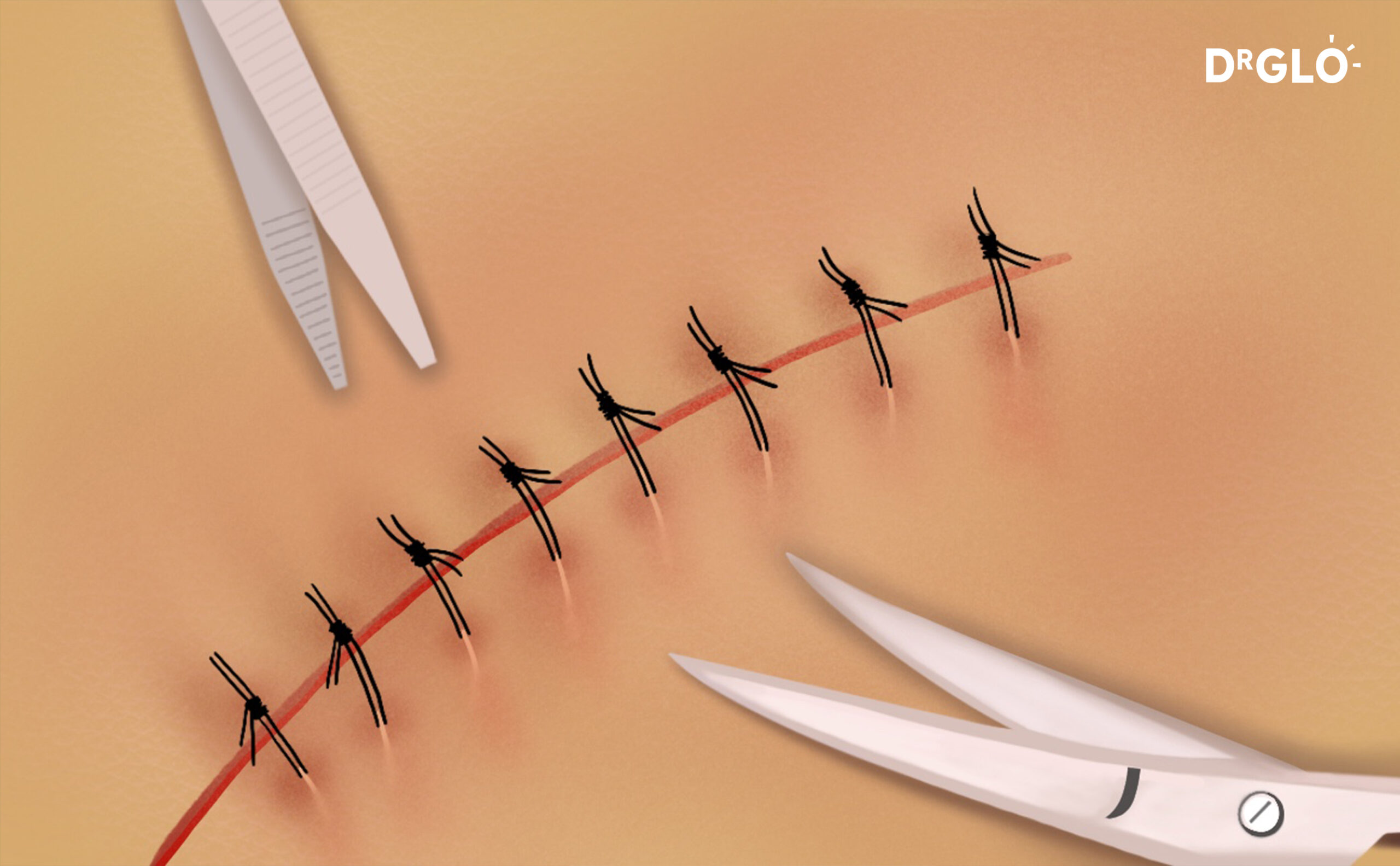
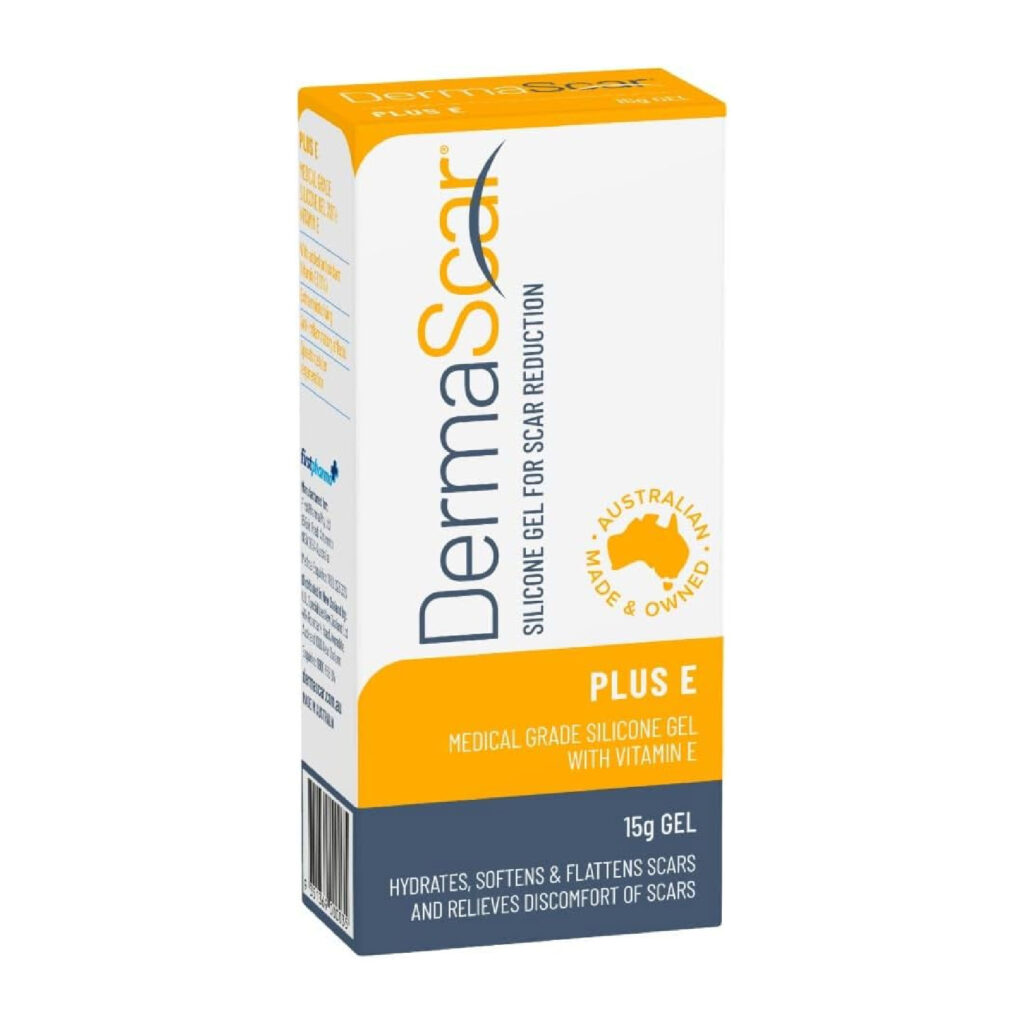

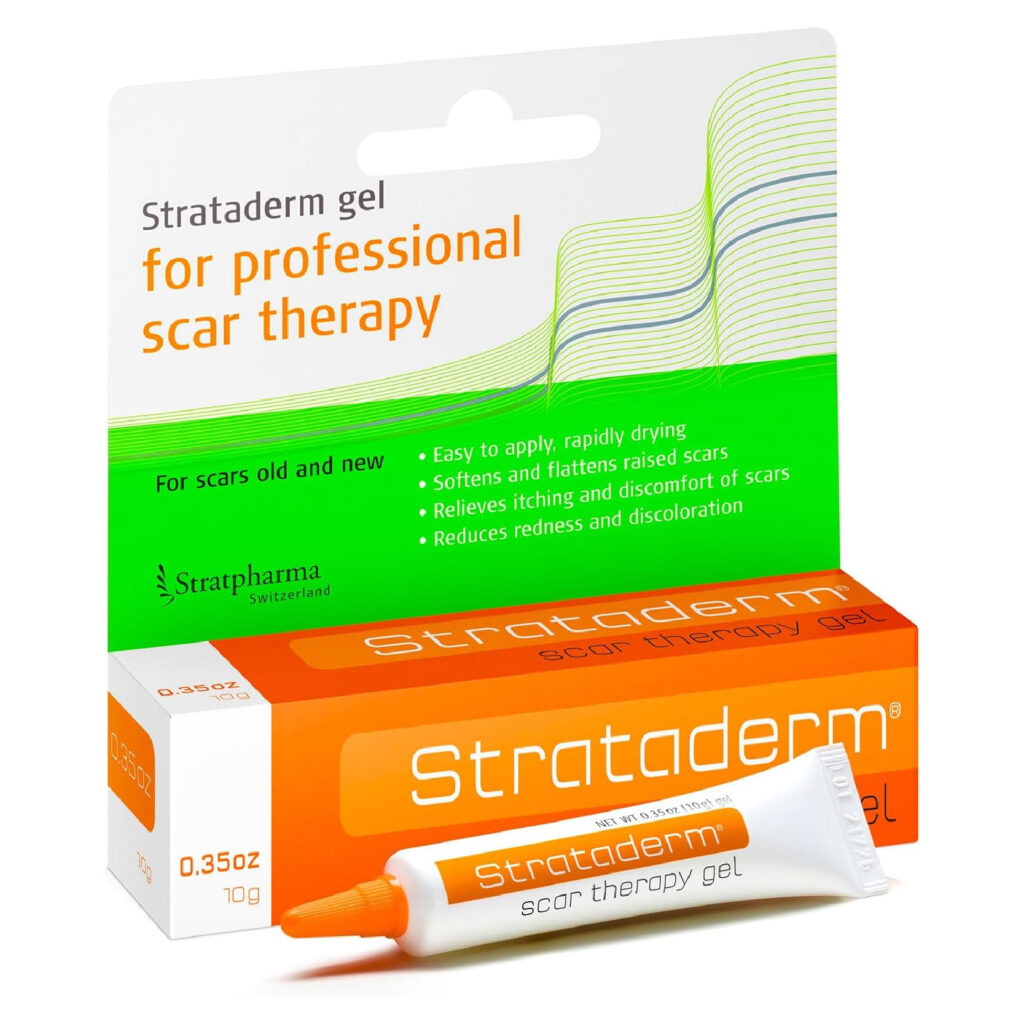

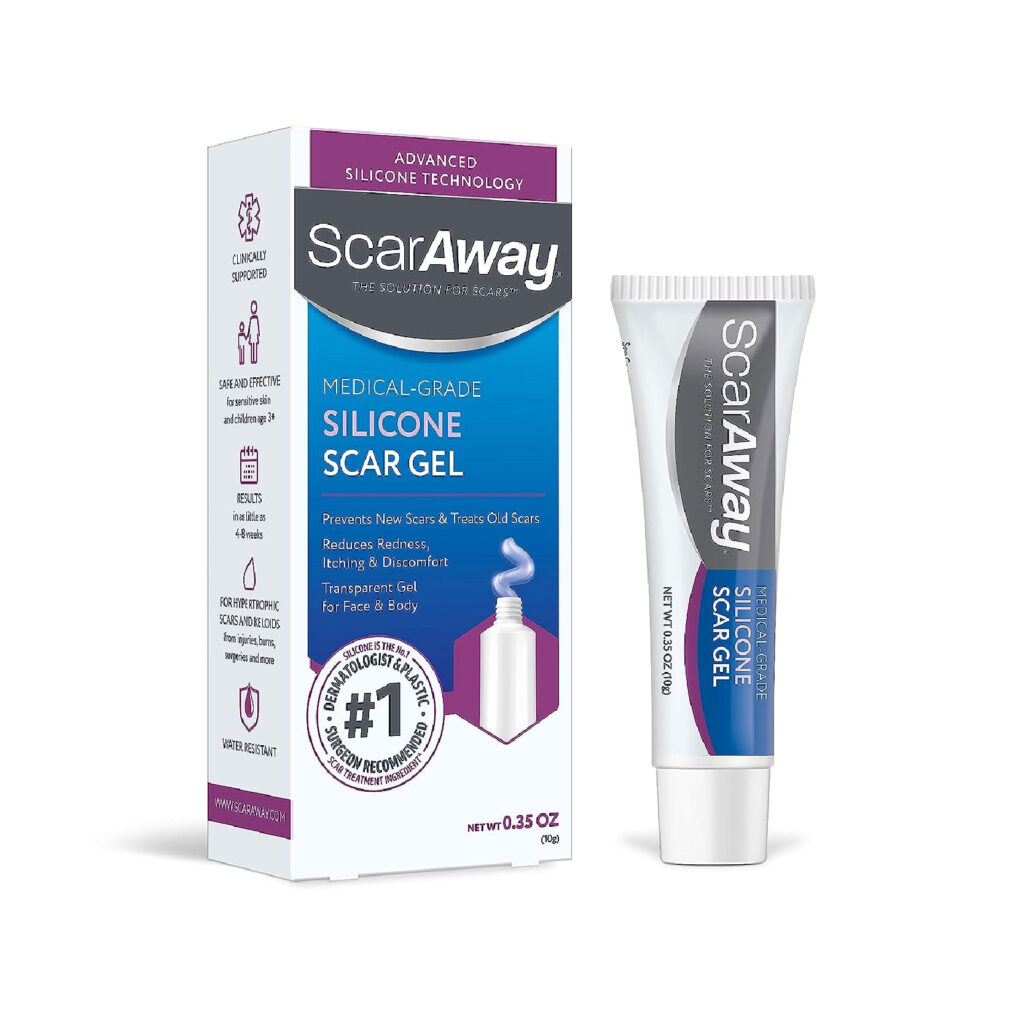


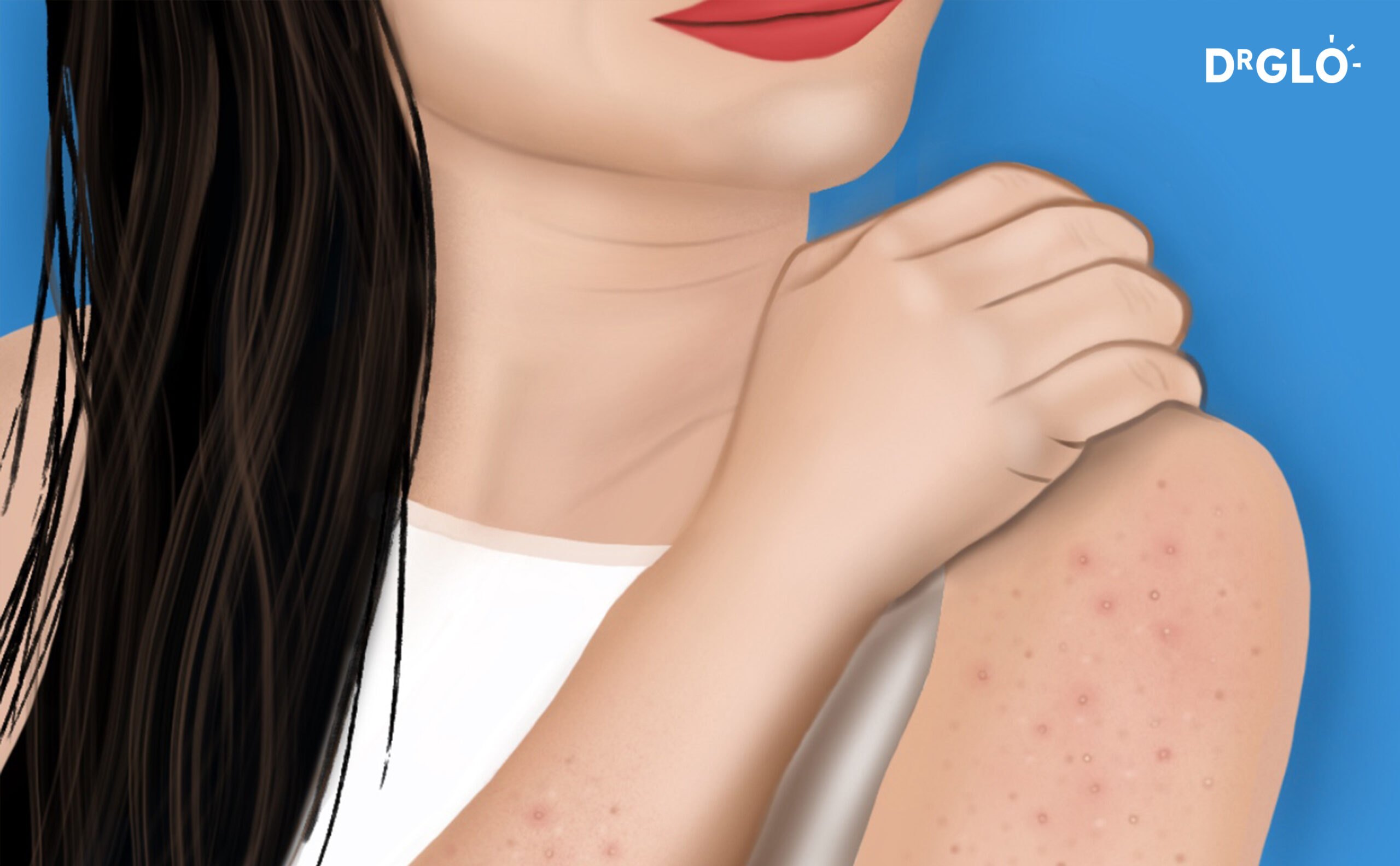

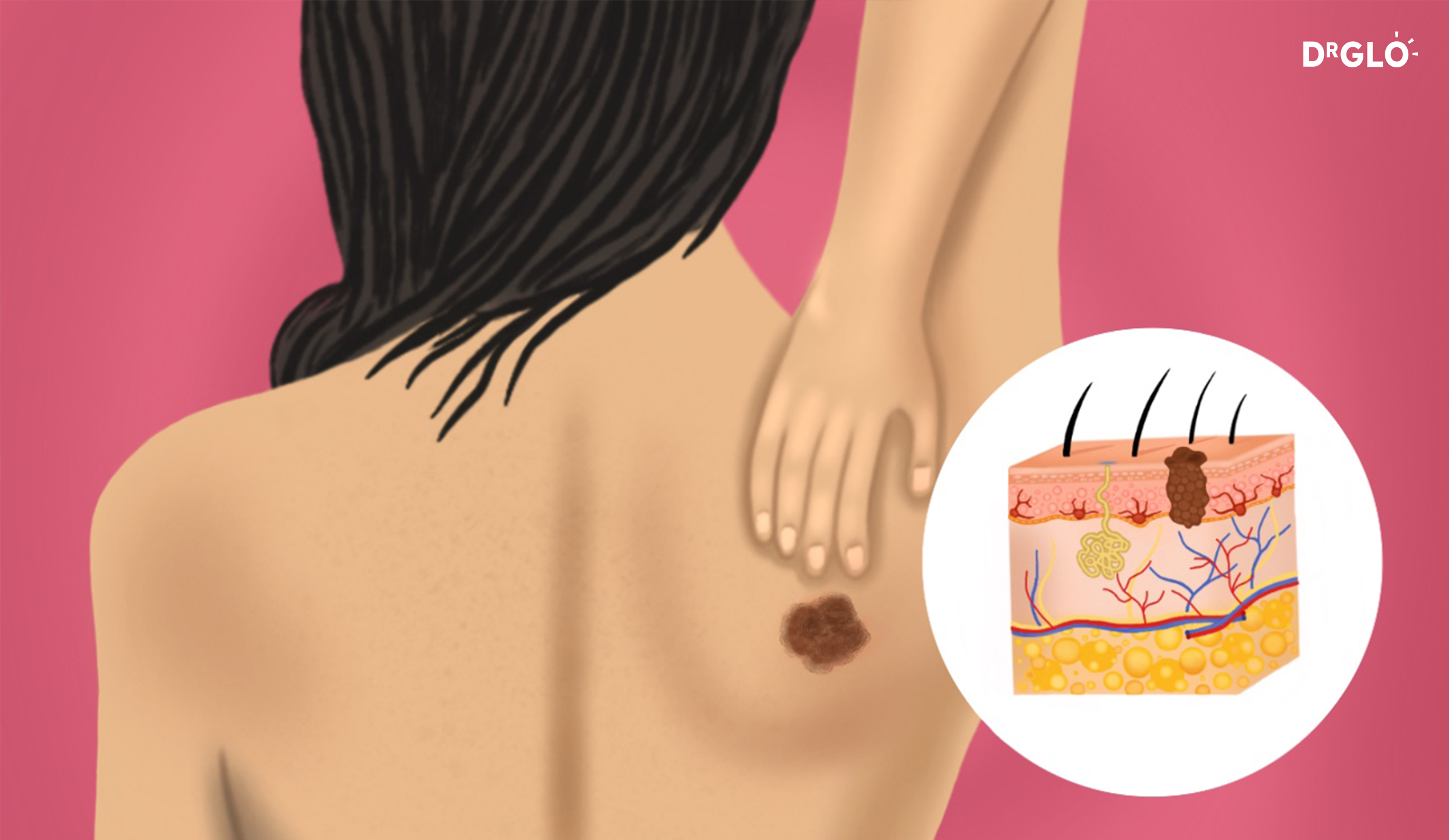
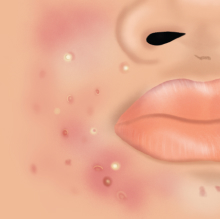

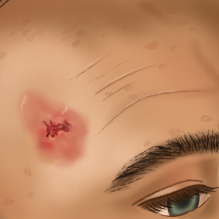

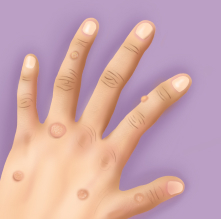

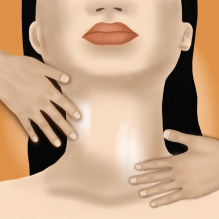
Popular Articles
A Step-by-Step Guide